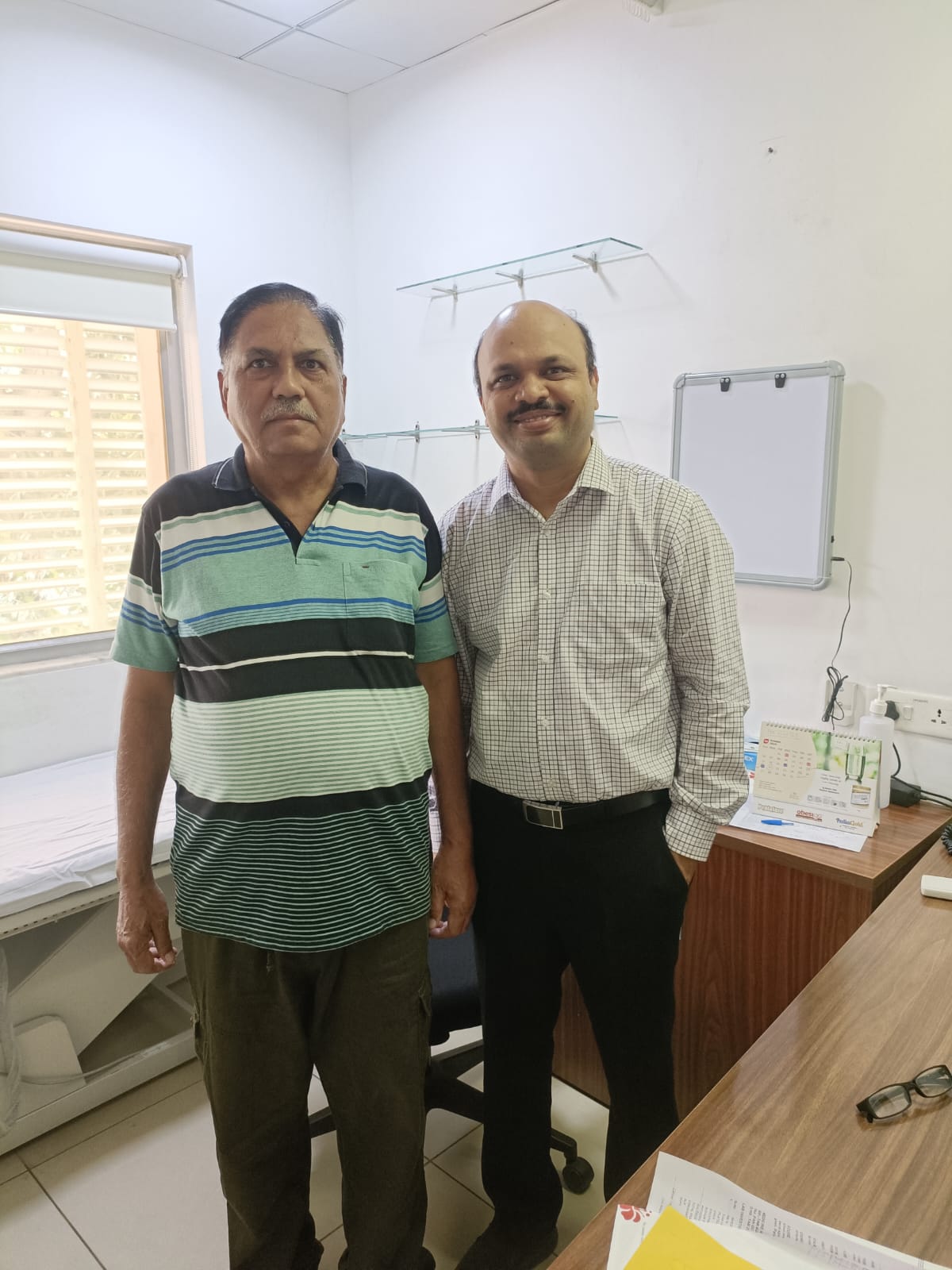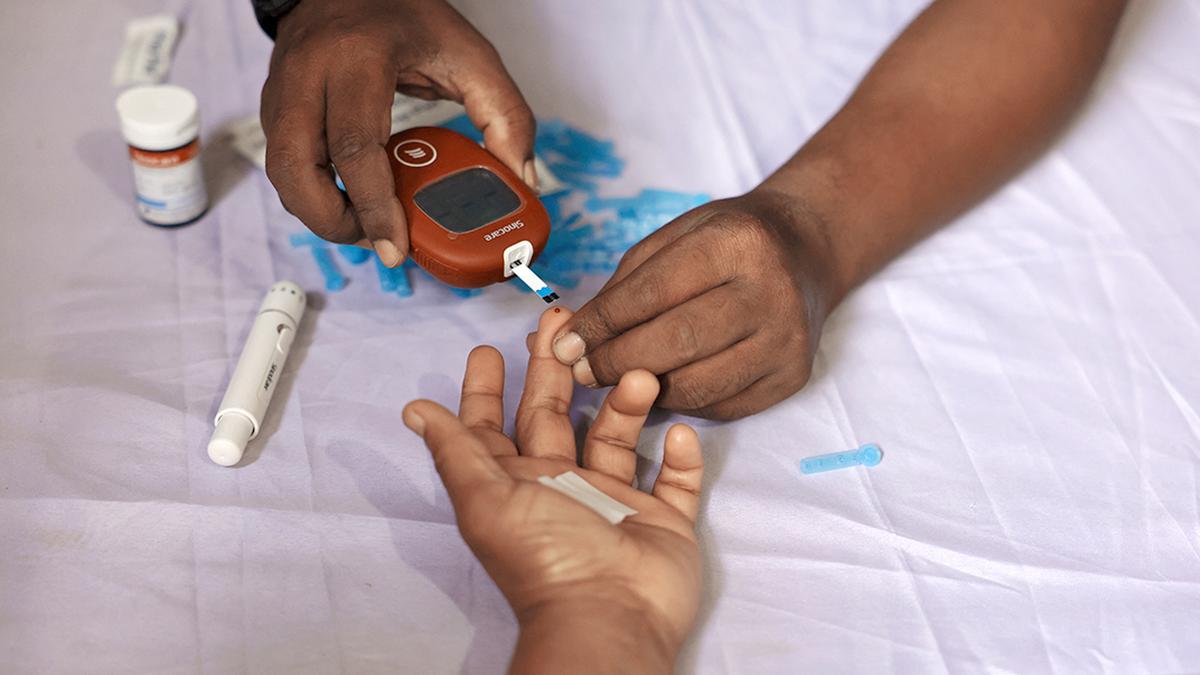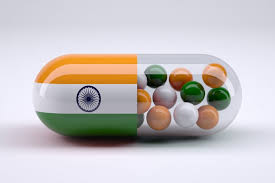The Indian healthcare landscape has witnessed significant transformation over the years, reflecting the country’s efforts to improve public health systems. The central government recently released a comprehensive report titled “Health Dynamics of India: Infrastructure and Human Resources 2022-23”, which offers a detailed analysis of the state of healthcare infrastructure and workforce distribution across India. The report, previously known as “Rural Health Statistics,” has been published annually since 1992, serving as a crucial tool for understanding the evolution of health services and addressing gaps in the system.
The findings of the report are vital for various stakeholders in the healthcare sector, from policymakers to public health professionals, as it provides data-driven insights that inform planning and policy interventions. The healthcare landscape in India spans urban, rural, and tribal areas, and understanding these dynamics is essential to build a more inclusive and effective health system.
Key Insights into India’s Healthcare System
The “Health Dynamics of India” report delivers a clear picture of how healthcare is structured in the country. It provides insights into the distribution of medical facilities, the workforce, and how these are allocated across different geographical regions. By March 31, 2023, India’s healthcare system included thousands of Primary Health Centres (PHCs), Sub-Centres (SCs), and Community Health Centres (CHCs) scattered across rural, urban, and tribal areas. These facilities serve as the foundation of India’s public health services and act as the first point of contact for millions of citizens seeking medical assistance.
Primary Health Centres (PHCs)
PHCs form a key part of India’s primary healthcare network, especially in rural areas. As of the report’s publication, there are a total of 31,882 PHCs across the country, with 25,354 located in rural areas and 6,528 in urban areas. These centres are responsible for providing basic health services to the population, including medical care, preventive health measures, and maternal and child healthcare. The report highlights the critical role PHCs play in addressing health challenges in underserved rural communities, where access to secondary and tertiary care is often limited.
With over 40,583 doctors and medical officers and 47,932 nurses employed at these centres, PHCs are vital for providing timely healthcare services in rural India. However, the report also draws attention to areas where staffing shortages still exist, leading to gaps in service delivery.
Sub-Centres (SCs)
Sub-Centres act as the first level of contact between the community and the healthcare system, offering primary care and basic preventive services. The report reveals that India has 1,69,615 SCs, with an overwhelming majority located in rural areas (1,65,639 rural SCs compared to 3,976 urban SCs). These centres are staffed by health workers who play an instrumental role in conducting health programs, including immunization, antenatal care, and disease control initiatives.
The distribution of sub-centres highlights significant regional differences. For instance, Uttar Pradesh has the largest number of rural sub-centres (25,723), while Bihar leads in urban sub-centres (1,032). This disparity in health infrastructure between states underscores the need for region-specific interventions and investment in underserved areas.
Community Health Centres (CHCs)
Community Health Centres are integral to secondary healthcare services, acting as referral centres for patients from PHCs. As of 2023, India has 6,359 CHCs, with 5,491 located in rural areas and 868 in urban areas. These centres are critical for handling more complex medical cases that require specialized care and are staffed by 26,280 specialists and medical officers, along with 51,059 nurses.
CHCs are designed to cater to populations of approximately 80,000 to 1,20,000 in rural areas, providing essential services like emergency care, obstetrics, and surgeries. The report, however, notes that many CHCs face challenges in terms of inadequate infrastructure and a shortage of specialist doctors, particularly in rural areas where access to higher levels of care is crucial.
District and Sub-Divisional Hospitals
District hospitals serve as the backbone of India’s healthcare system, providing secondary and tertiary care services. The report lists 714 district hospitals as of March 2023, with Uttar Pradesh leading the count at 125 hospitals, followed by Madhya Pradesh (52) and Kerala (47). These hospitals cater to larger populations and offer more specialized services, including diagnostic and surgical interventions.
Sub-divisional hospitals also play a critical role in delivering healthcare in both urban and rural settings. The report highlights 1,340 sub-divisional hospitals, with Tamil Nadu leading at 281, followed by Karnataka and Madhya Pradesh. These hospitals often act as a bridge between primary care facilities like PHCs and district hospitals, offering a range of services that help reduce the burden on higher-level facilities.
Healthcare in Tribal Areas
India’s tribal population faces unique health challenges, primarily due to the geographical isolation and socio-economic disadvantages of these regions. The report provides an in-depth look at healthcare infrastructure in tribal areas, revealing the presence of 28,660 sub-centres, 4,158 PHCs, and 1,035 CHCs in tribal regions.
The healthcare workforce in these areas consists of over 5,000 doctors at PHCs, supported by 1,968 AYUSH doctors (Ayurveda, Yoga, Unani, Siddha, and Homeopathy practitioners). Despite this, tribal regions continue to face significant challenges in terms of healthcare accessibility and quality. The report underscores the importance of targeted interventions, such as mobile medical units and telemedicine, to reach these remote areas.
Medical Colleges and Workforce Development
The development of India’s healthcare infrastructure is incomplete without a robust system for training medical professionals. According to the report, India has 362 medical colleges, with Uttar Pradesh hosting the highest number (46 medical colleges), followed by Tamil Nadu and Rajasthan.
The number of medical colleges is a critical factor in determining the future availability of trained healthcare professionals. However, the report notes that the distribution of these institutions is uneven, with some states lagging behind in terms of medical education infrastructure. This imbalance has long-term implications for workforce availability, particularly in rural and underserved regions.
Impact on Policymaking and Future Investments
One of the most significant contributions of the “Health Dynamics of India” report is its ability to inform policymakers and guide future investments in healthcare. The comprehensive data provided by the report is essential for identifying gaps in infrastructure, workforce shortages, and areas where improvements are urgently needed. For example, states with fewer healthcare facilities or workforce shortages can use this data to prioritize resource allocation and expand their health services.
Moreover, the report is an essential tool for tracking the progress of the National Health Mission, which aims to improve healthcare access and quality across India. Policymakers can leverage this data to design targeted interventions that address specific regional challenges, ensuring that healthcare services reach even the most remote corners of the country.
Addressing the Gaps: What Lies Ahead
While the “Health Dynamics of India” report showcases the substantial progress made in building healthcare infrastructure, it also highlights the persistent challenges facing the country. There is a clear need for continued investment in healthcare, particularly in rural and tribal areas where access to basic services remains inadequate.
Additionally, the report points out the necessity of workforce development, emphasizing the need to train and retain more healthcare professionals. The government must focus on expanding medical education opportunities, particularly in states that lack sufficient medical colleges and training institutions.
Another critical area for improvement is the adoption of technology in healthcare delivery. Telemedicine, mobile health units, and digital health platforms can play a transformative role in bridging the gap between rural populations and urban healthcare resources. By embracing these innovations, India can ensure that even its most underserved communities have access to quality healthcare.
The “Health Dynamics of India: Infrastructure and Human Resources 2022-23” report provides a comprehensive overview of India’s healthcare system, highlighting both achievements and areas for improvement. As India continues to evolve as a global leader in healthcare, this report serves as a vital resource for guiding future investments and policy decisions. Strengthening healthcare infrastructure, especially in rural and tribal areas, will be key to ensuring that every citizen has access to quality medical care.
With a clear focus on addressing the gaps in workforce distribution, infrastructure development, and technological integration, India can build a more inclusive, effective, and resilient healthcare system for the future.
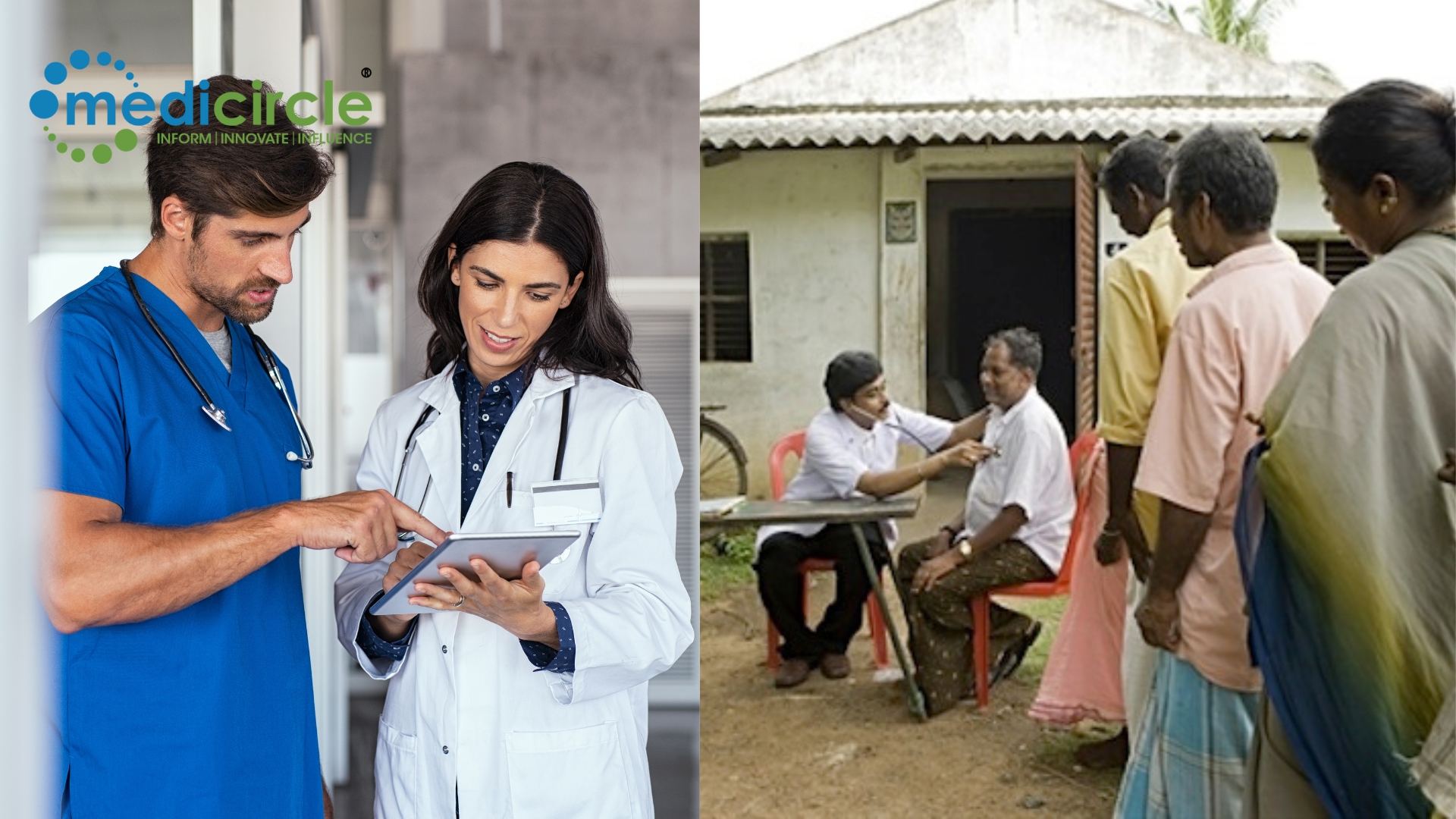
 Strengthening healthcare infrastructure, especially in rural and tribal areas, will be key to ensuring that every citizen has access to quality medical care
Strengthening healthcare infrastructure, especially in rural and tribal areas, will be key to ensuring that every citizen has access to quality medical care










.jpeg)



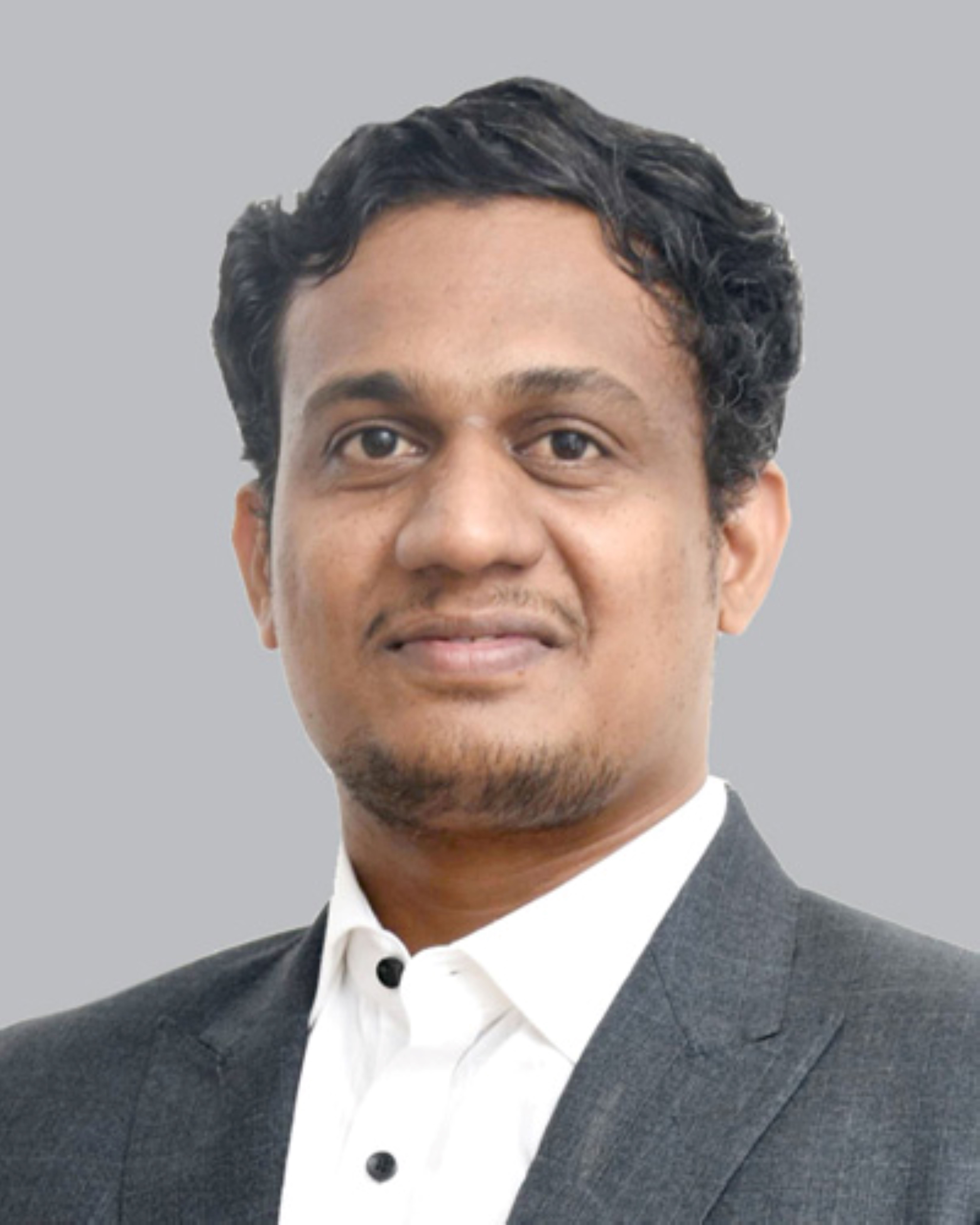
.jpeg)

.jpg)

